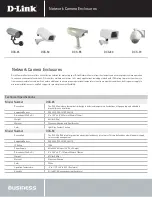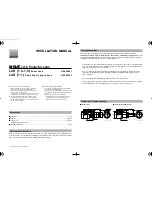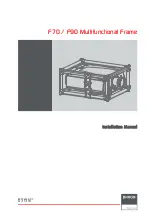
-30-
v5.8
Radios
Channel Number
Frequency
0x0C – Channel 12
2,405 – 2,410 GHz
0x0D – Channel 13
2,410 – 2,415 GHz
0x0E – Channel 14
2,415 – 2,420 GHz
0x0F – Channel 15
2,420 – 2,425 GHz
0x10 – Channel 16
2,425 – 2,430 GHz
0x11 – Channel 17
2,430 – 2,435 GHz
0x12 – Channel 18
2,435 – 2,440 GHz
0x13 – Channel 19
2,440 – 2,445 GHz
0x14 – Channel 20
2,445 – 2,450 GHz
0x15 – Channel 21
2,450 – 2,455 GHz
0x16 – Channel 22
2,455 – 2,460 GHz
0x17 – Channel 23
2,460 – 2,465 GHz
Figure : Channels used by the XBee modules in 2.4GHz
XBee 802.15.4 modules comply with IEEE 802.15.4 standard which defines physical and link level (MAC layer). The XBee modules
add certain functionalities to those contributed by the standard, such as:
•
Node discovery:
certain information has been added to packet headers so that they can discover other nodes on the same
network. It allows a node discovery message to be sent, so that the rest of the network nodes respond indicating their data
(Node Identifier, @MAC, @16 bits, RSSI).
•
Duplicated packet detection:
This functionality is not set out in the standard and is added by the XBee modules.
Encryption is provided through the AES 128b algorithm. Specifically through the AES-CTR type. In this case the Frame Counter
field has a unique ID and encrypts all the information contained in the Payload field which is the place in the 802.15.4 frame
where data to be sent is stored.
Extra information about the encryption systems in 802.15.4 and ZigBee sensor networks can be accessed reading “Security in
802.15.4 and ZigBee networks” document located in
of Libelium website.
Common topology in 802.15.4 Networks is Star topology, where nodes send directly the sensor data to the Gateway.
Figure : Star topology
















































